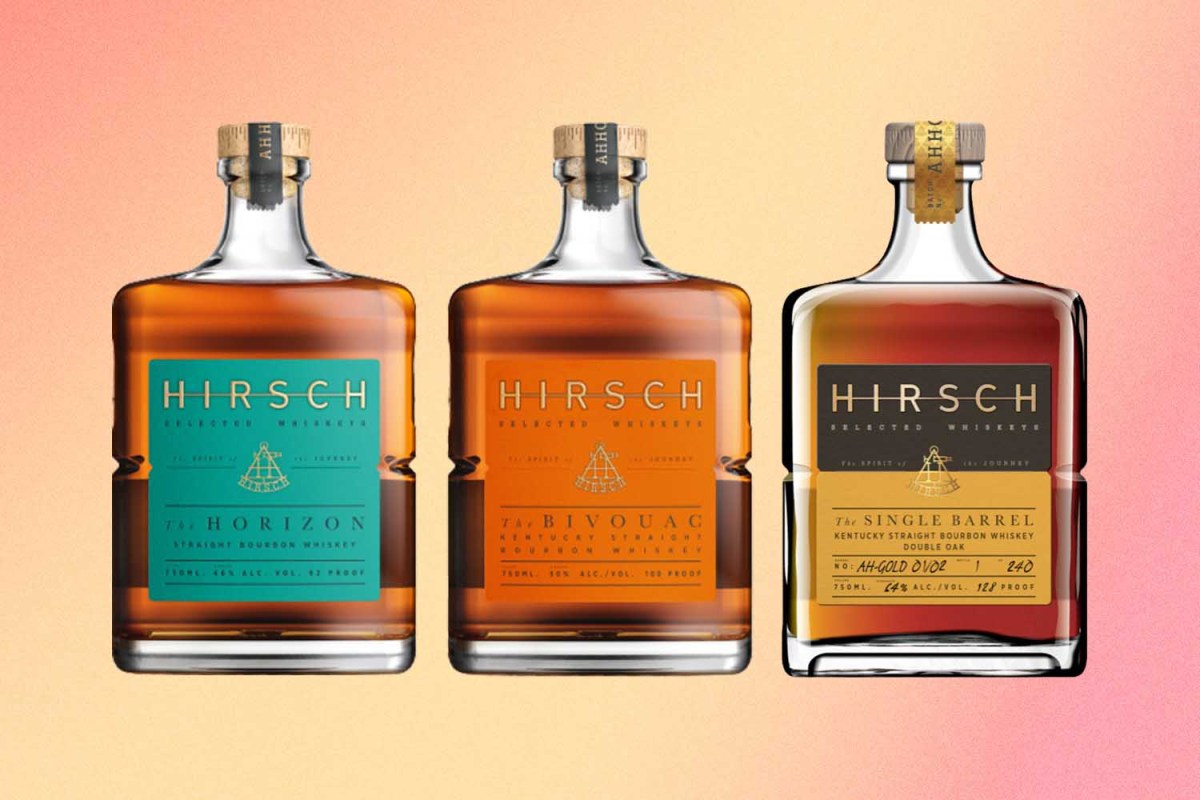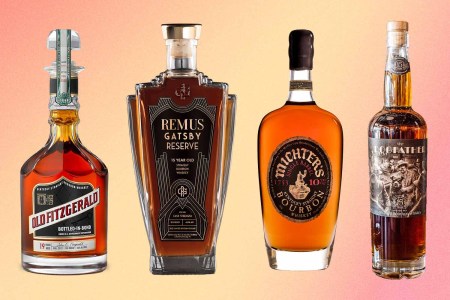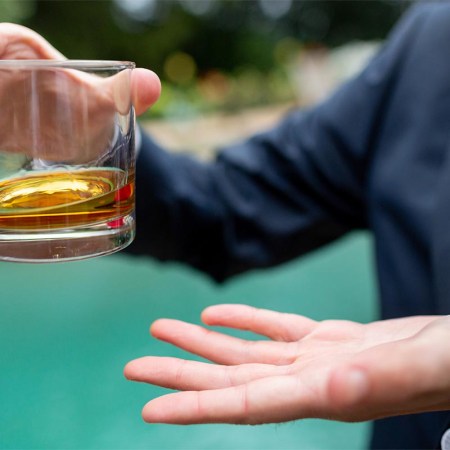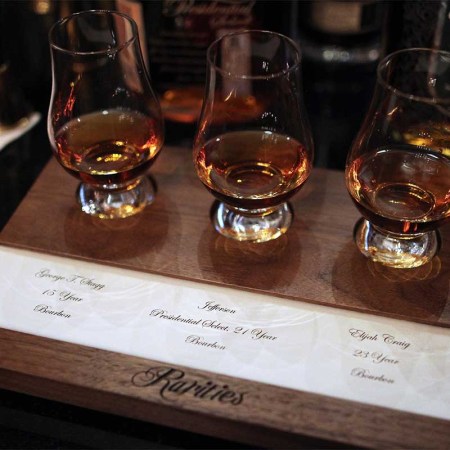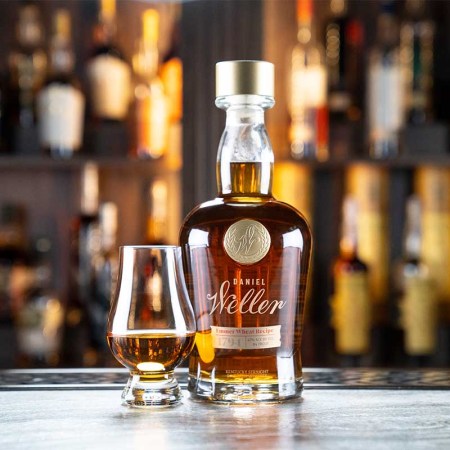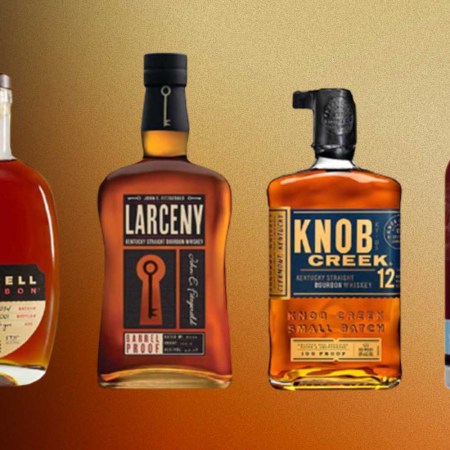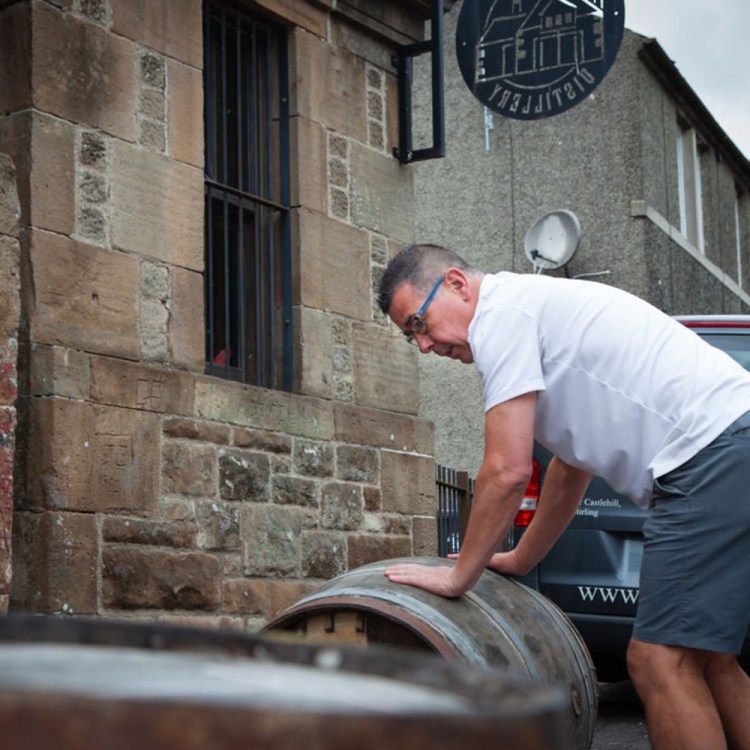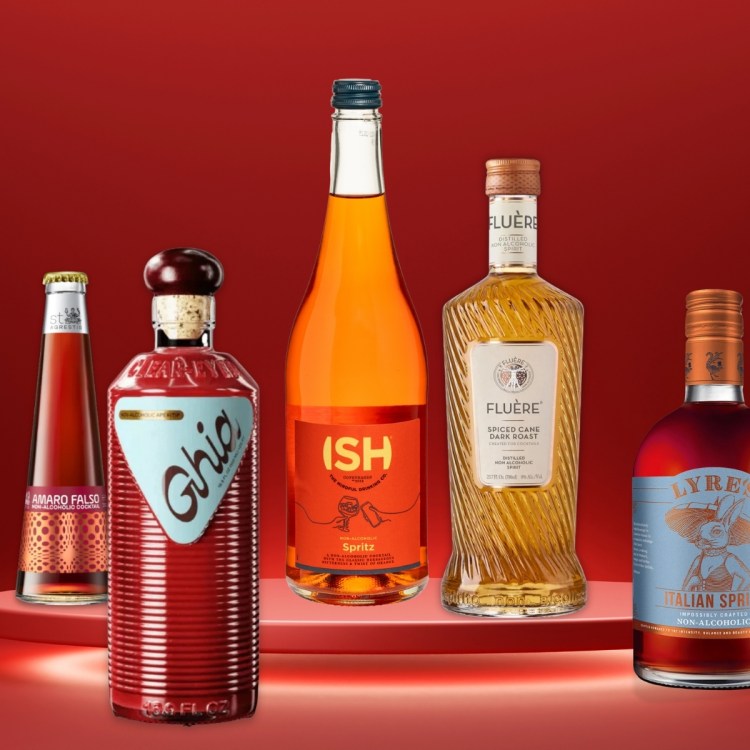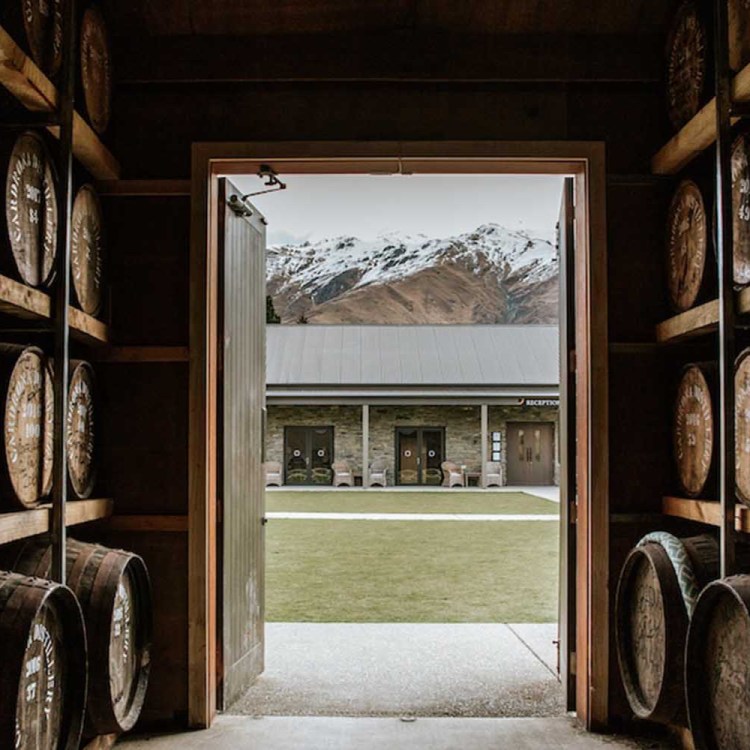What we’re drinking: Three releases from HIRSCH Selected Whiskeys
Where they’re from: Crafted in Bardstown, Kentucky, HIRSCH is part of the larger Hotaling & Co. portfolio (Nikka Whisky, Junipero Gin, Old Portero Whiskey, etc.)
Why we’re drinking these: If you’re unfamiliar with HIRSCH, there’s quite a backstory here. The current brand is loosely part of a lineage that includes what was once considered the best American whiskey ever produced: A.H. HIRSCH Reserve 16-Year-Old, distilled in 1974 and the centerpiece of Chuck Cowdery’s book The Best Bourbon You’ll Never Taste.
If you can find a bottle of that precious liquid, be prepared to shell out north of $8,800 (though we found it on Frootbat for just $5,630). The Whiskey Wash does a nice condensed history of the original HIRSCH bottle, which was distilled at what would be known as Michter’s Distillery in 1974 in Pennsylvania by Adolph Hirsch, an investment banker and philanthropist. The bottles featured a mash bill of 75% corn, 13% rye and 12% malted barley.
The Best Rare Bourbons That Are Actually Worth the Cost
Sometimes a hard-to-find whiskey justifies the sticker shockThe liquid wasn’t used, and after an unusually long aging, the distillery was acquired in 1989. Julian Van Winkle III bottled what was there under the moniker A.H. Hirsch Reserve. It gets complicated after this, as the brand went through a few acquisitions until it eventually ended up under the San Francisco-based Hotaling & Co. (formerly Anchor Distilling Company), which now has a modest range of bottles released under the HIRSCH banner.
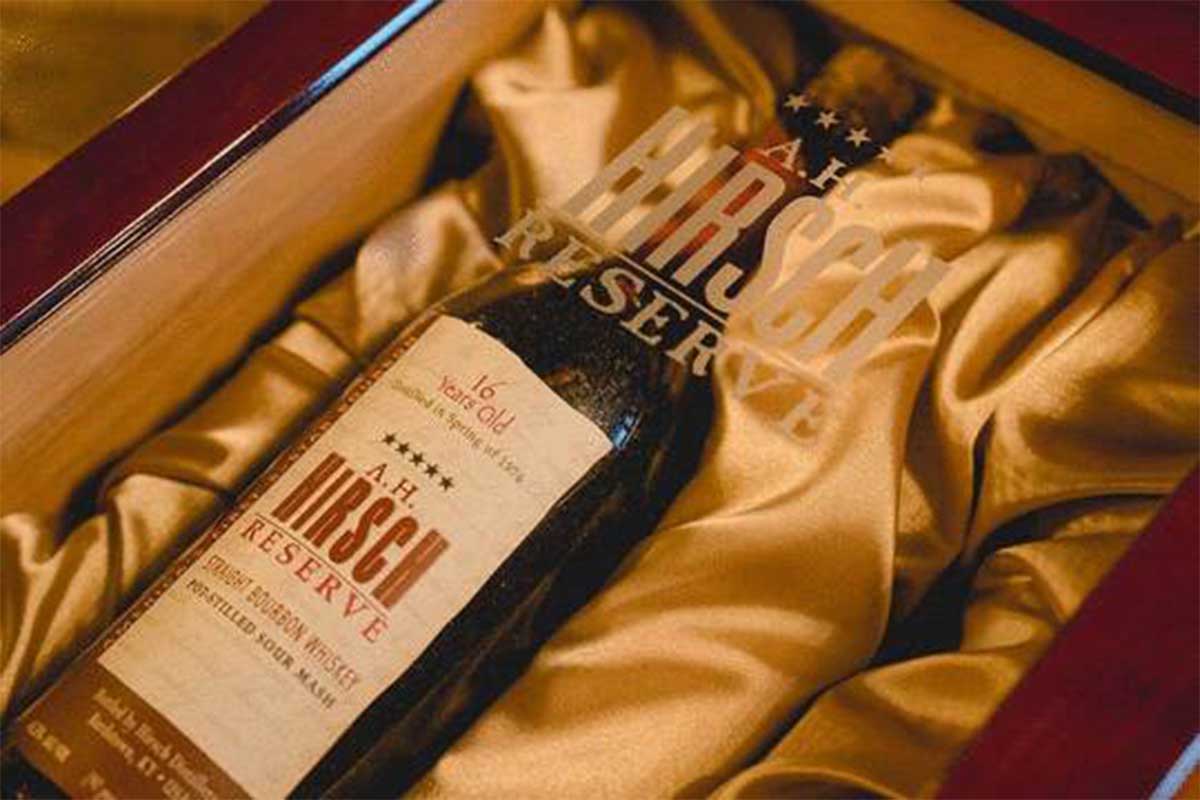
And these HIRSCH whiskeys, while nodding to the past, are their own thing.
“We were trying to figure out what they actually did with that original mash bill, and it was just like a basic bourbon — high corn, a little bit of rye and a little bit of malted barley,” says head distiller Kevin Aslan. “So internally, we decided to go heavier on the malted barley than usual — the malted barley brought a nice rounded character to the original. So we thought, ‘We’re going to utilize a mash bill high in malted barley.’”
So it’s not a huge connection. “We’re not dedicated to one style or to one state,” Aslan says. “The brand started in Pennsylvania with that 16 Year. Then we brought it down to Indiana and Kentucky. So the brand now is really about travel and exploration.”
HIRSCH does source its product (primarily from Bardstown but also Indiana), though at this point they’re picking the mash bill, yeast and barrel location in the warehouse, so it’s fairly proprietary. And most of the releases are a blend. “I’m really surprised what a blend can bring to a whiskey,” Aslan says. “You can express certain characteristics differently — you can bring out flavors you want and make others more subtle.”
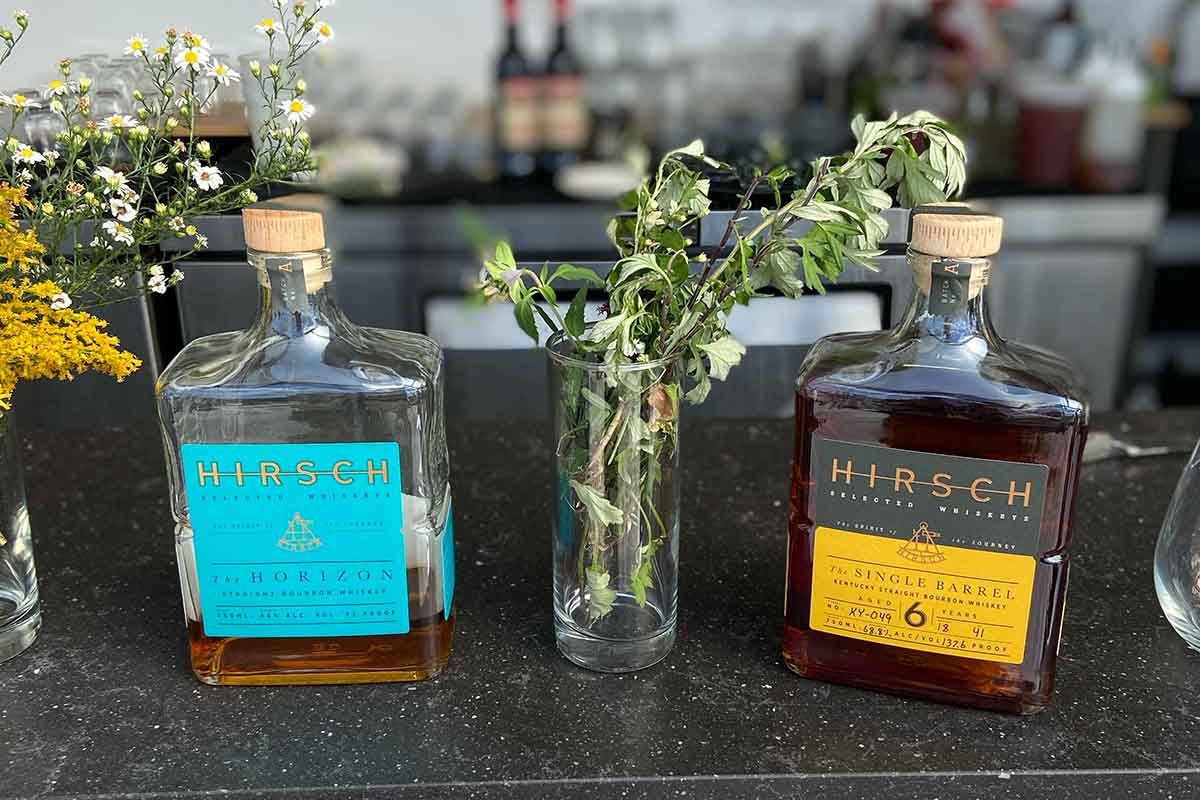
For their recent Double Oak release, HIRSCH married a younger and older bourbon together and matured them for a secondary amount of time in a used bourbon barrel. “That really softens it up,” Aslan says. “It gives the whiskeys time to integrate.”
Let’s see how these various mash bills and barrel aging techniques add up (the brand also has a Single Barrel and a Cask Strength release, the latter of which was finished in 30-Year-Old Hine Cognac XO barrels).
How they taste:
- The Horizon combines two straight bourbons distilled in Lawrenceburg, Indiana: 94% of the blend is distilled from a traditional mash bill and aged a minimum of four years, while the remaining 6% is distilled from a high-rye mash aged six years. Bottled at 92 proof, the rye spice and black licorice notes dominate at first here, while butterscotch, creme brûlée and orange zest come out in subsequent sippings, all rounded out by a creamy mouthfeel.
- The Bivouac (pronounced “be∙voo∙ak,” meaning temporary camp without a tent or cover) combines two straight bourbons distilled in Bardstown, with most of the blend a mash bill of 74% corn, 18% rye and 8% malted barley, aged a minimum of three years (the other part is a six-year bourbon with a higher malted barely ratio). It really does taste like a combination of the two, with the malt note amplifying the vanilla, caramel and nutty popcorn notes.
- The Single Barrel Double Oak is a Kentucky Straight Bourbon Whiskey that has been double-barreled in New American Oak and finished in used American Oak barrels. Comprised of two mash bills blended at different ratios — an eight-year high malted barley and a three-year high-rye — our bottle came in at 127.7 proof. The oak spice is much more present here, along with a bit of menthol, dark fruit, baking spices and vanilla. It calms down a bit after the first sip, though if you like a real barrel influence, this is your jam.
Fun fact: So, what’s up with the italicized The that begins each HIRSCH release? “It’s a bit of an homage to the packaging of the original HIRSCH bottles and their fancy fonts,” Aslan says. “It’s also a bit of a statement — it’s not Horizon, it’s The Horizon.”
Where to buy: Various HIRSCH expressions are available on ReserveBar for $33-$261.
Every Thursday, our resident experts see to it that you’re up to date on the latest from the world of drinks. Trend reports, bottle reviews, cocktail recipes and more. Sign up for THE SPILL now.
